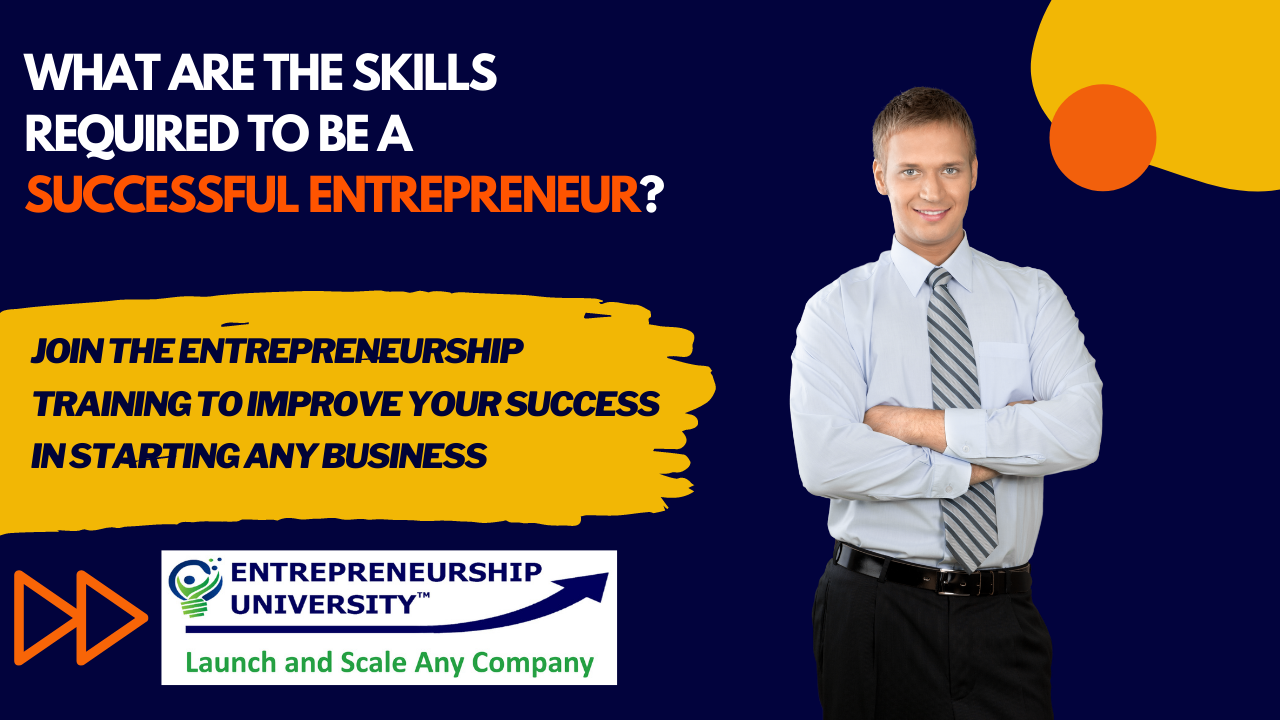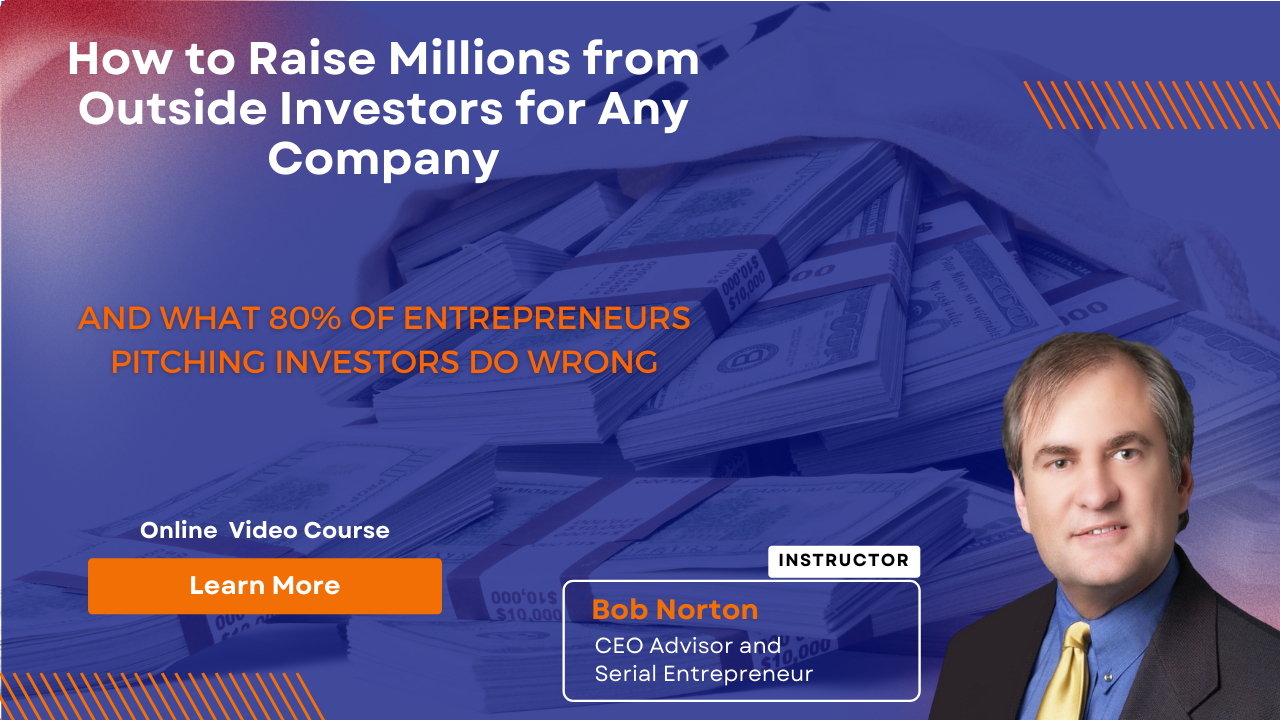When Should You Stop Making Developing the MVP and Start Building the Actual Product?
Posted by Robert Norton on

I created a short video series answering this exact question that you can view for free here called The Entrepreneur’s Journey. An MVP's goals list should provide all the data to answer that question (example below for AirBnB). Your first job is creating that list. Long before you start building a product.
The purpose of an MVP is to get real-world customer feedback. However, you will need to run the financials to balance what the budget can be to build it. And to market test it too. Technical founders often greatly underestimate the cost and time needed for marketing. It can even be more than the product build.
Your MVP goal is simple: Prove the customer will buy and like the product at a particular price point.
And that you can acquire those customers cost effectively given the margins.
The next version could be a big step, or even many incremental releases depending on the feedback, technology and financial scenarios. Ideally you will also have quantified the cost of customer acquisition, marketing and sales.
The short answer is when you have fully validated the target (niche) market need for the product, the business model and more. Basically, you have proven your business model can work. Prior to building your MVP all you can do is market research, competitive intelligence and getting input from prospects. This is never the same as actual customer behavior. And does not quantify marketing and sales costs. All of this should happen in the Business Design Process (before you start building anything). This is shown in the left yellow oval below. Easy to say, but hard to do well. Hence, about 42% of startups launch a product/service that people do not want and over 80% fail.
Click here, to learn more
Teams often greatly underestimate the time required for these steps when done well. However, when done well you will have almost certain success, versus the 80% or higher failure rate of startups. At a minimum, this will take 2–3 months full-time work. Some many spend years working part-time improving their business model, target market and MVP design before building the product. The more time invested here, instead of jumping in to build, the greater your chances of success.
This is the metaphorical map I created that I review in this above linked video in detail:
Study this and your awareness of “what you don’t know you don't know” will go up. Greatly increasing your chances of a successful product launch.
Let’s look at an example of a goal set for a MVP for the well-known success AirBnB.
Here are the obvious goals of their MVP, which targeted a convention where the number of hotels available was inadequate in a city -- a small manageable area (niche) to sign property owners literally knocking on doors:
- Will people agree to sleep on an air mattress or couch? - Yes, that was the focus then, not well appointed extra bedrooms. Risk #1.
- Will guests act well and not steal stuff? Security? Risk #2.
- Does our software to locate and book work properly? Risk #3.
- How many property owners will sign up, and what will it cost us to locate and sign them? Risk #4.
- What will it cost to find guests? Risk #5.
- Does our marketing messaging work? Risk #6.
- Do we know the costs of customer support for both guests and owners? Risk #7.
Nothing had to work perfectly here. But for the MVP launch to be successful, the product had to be good enough to do and measure these seven things well.
When this data was available the value of the company, and hence access to big money from investors, could go up 5X, 10X, or even more! Then having that money, they could spend 2X or 5X more making the product better and have the cash to expand their market niche. They would also be able to attract more and better team! And the universe of possible investors would go up 10X too!
So ultimately the MVP is created to drive down risk and up company valuation!
That is the big picture goal a CEO/Entrepreneur should be thinking about.
Join the course How to Raise Millions from Outside Investors
Bob Norton is a long-time Serial Entrepreneur and CEO with four exits that returned over $1 billion to investors. He has trained, coached and advised over 1,000 CEOs since 2002. And is Founder of The CEO Boot Camp™ and Entrepreneurship University™. Mr. Norton works with companies to triple their chances of success in launching new companies and products. And helps established companies scale faster using the six AirTight Management™ systems. And helps companies successfully raise capital.
What can we help you with today? Scaling, training, consulting, coaching?
Call (619) SCALE06 or (619) 722-5306 9am-6pm CT
Or Schedule a free 30-minute strategy session by clicking here.



